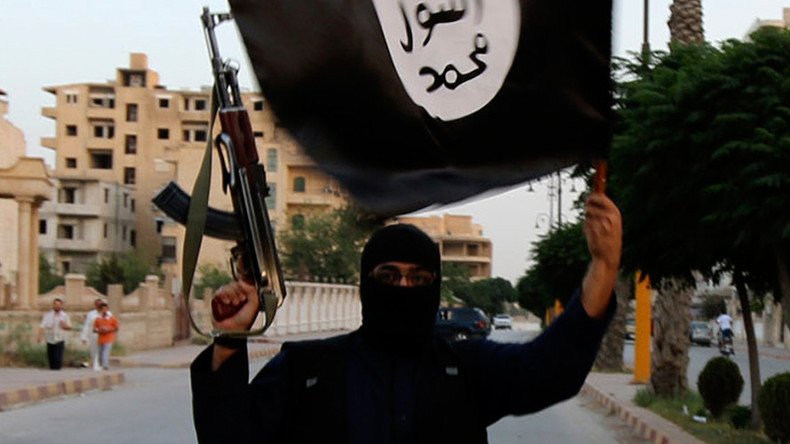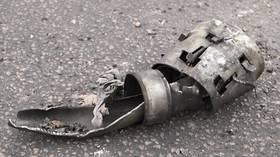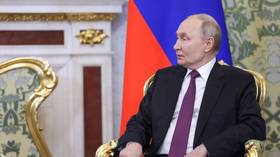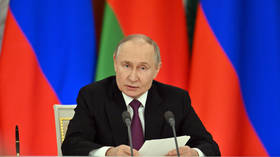Wave of ‘more dangerous, skilled’ ISIS jihadists bound to hit Europe – UN counterterrorism chief

Europe will have to come to grips with an exodus of “dangerous and disillusioned” Islamic State jihadists, defeated in Syria and Iraq earlier this year and possibly seeking revenge, the head of the UN Security Council's counterterrorism agency has warned.
Scores of foreign Islamic State (IS, formerly ISIS/ISIL) fighters, determined to come back to Europe, are “more dangerous” than previous waves of returnees, Jean-Paul Laborde told reporters on Thursday. Some may be eager to seek revenge after defeats on the battlefield, including in recent confrontations in Mosul.
The first wave of the returnees was mainly made up of young people who went to Syria and Iraq “for T-shirts and photos,” Laborde said, RTBF reported. They came back “disillusioned and dismayed.” The second wave may contain much more extreme individuals, who had more time to build contacts with criminal organizations that can assist them in committing attacks.
Between 40 to 50 percent of foreign fighters, who left for Syria and Iraq, have already left territories controlled by IS, Laborde added.
“On average, these people are much more committed, more experienced and more skilled,” he told reporters, as cited by Reuters.
“In spite of the travel restrictions ... still you will have a number of foreign terrorist fighters which will probably slip through the borders and go back, come back to these countries, especially with smuggling networks,” he added.
Over the last 18 months, the flow of departures of fighters from Europe to Syria or Iraq fell by some 90 percent, the UN official said, calling for international cooperation not only between EU member states, but also between countries involved in armed conflicts and their neighbors.
Some 5,000 EU nationals are currently fighting in Syria among the ranks of IS and other jihadist groups, a senior Syrian official said last month, warning that it’ll be a disaster for European security if these militants are allowed to return.
“We have statistics that about five thousand terrorists fighting in Syria have come from the EU countries,” Syria's Deputy Minister of Expatriates and Foreign Affairs Ayman Susan told Sputnik in mid-April.
“Imagine that these 5,000 terrorists will return to Europe ... they can do it,” the diplomat warned.
IS provides free passage to Europe to refugees willing to join the terrorist group, offering potential recruits up to $1,000 while actively infiltrating migrant communities in countries of destination, a British anti-extremism think tank warned in February.
The report by Quilliam think tank also found that underage asylum seekers are at increasing risk of being radicalized by IS preachers infiltrating refugee camps and local migrant communities.
“Groups such as Islamic State and Boko Haram recruit using financial incentives within refugee camps and work with smugglers and traffickers to facilitate the journey to asylum,” Quilliam said.
According to the think tank, IS is clearly aware of the value of migrant routes in the Eastern Mediterranean as it offers free passage and “a degree of security” to those willing to join IS.















